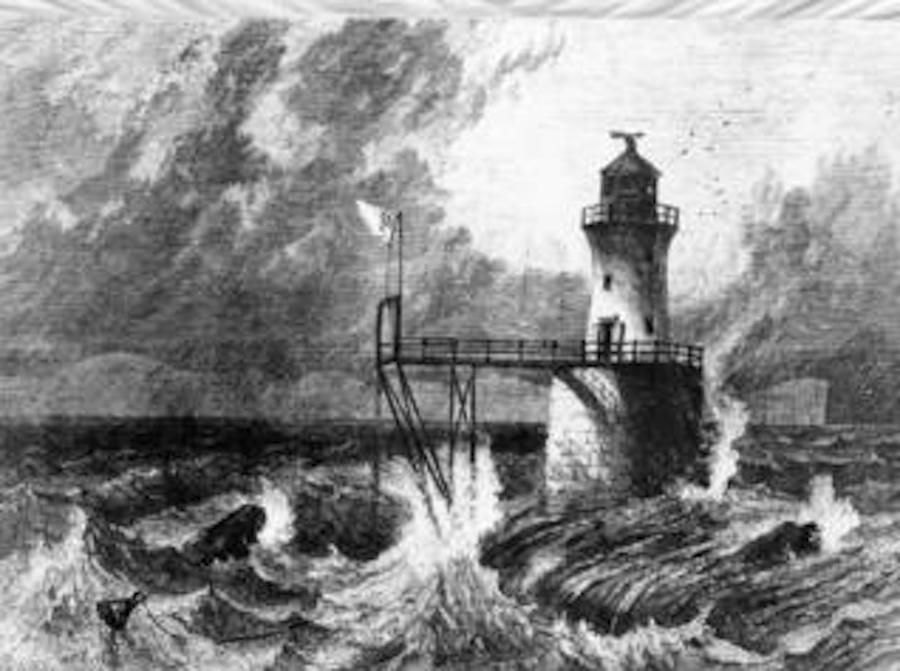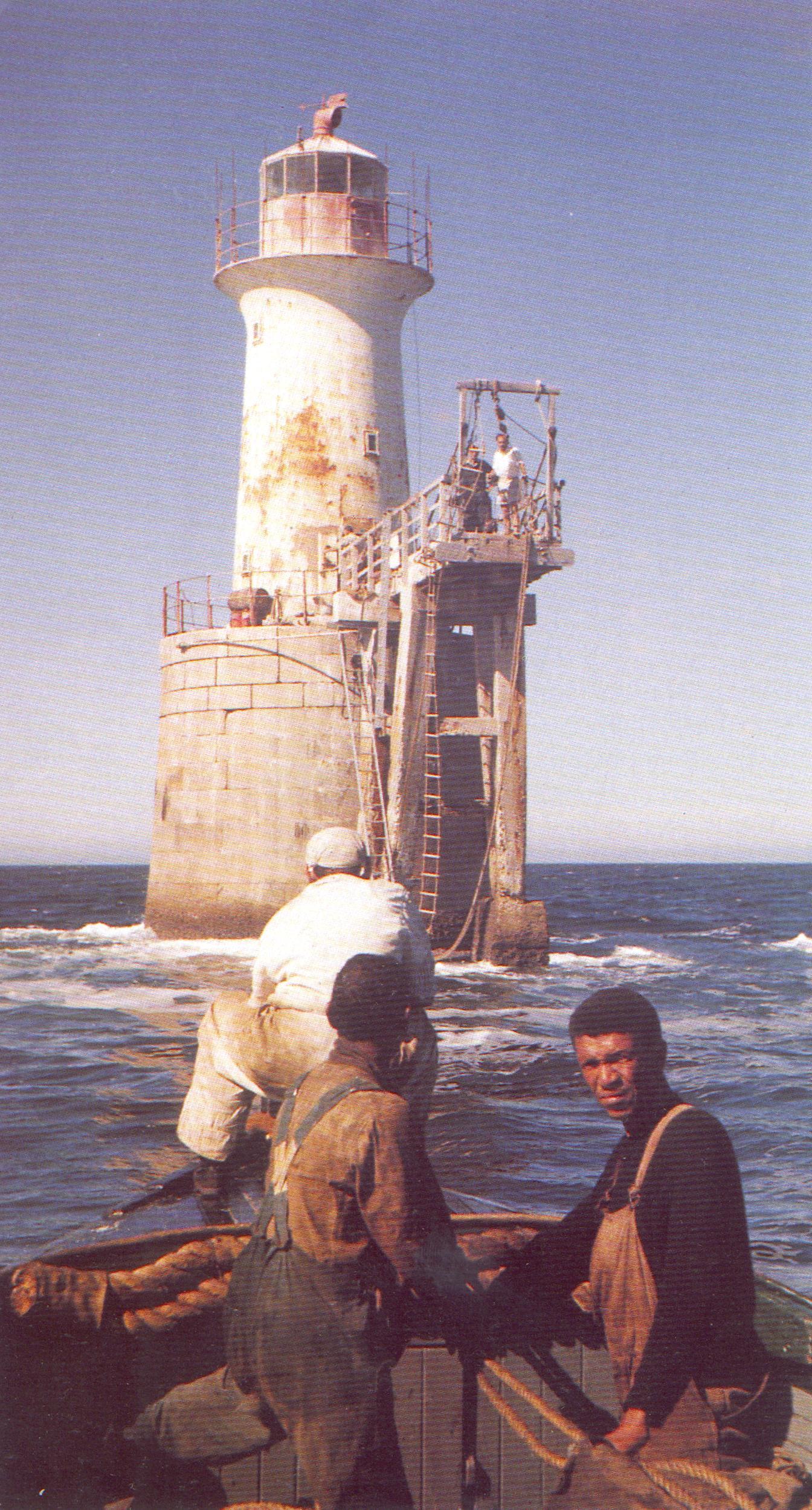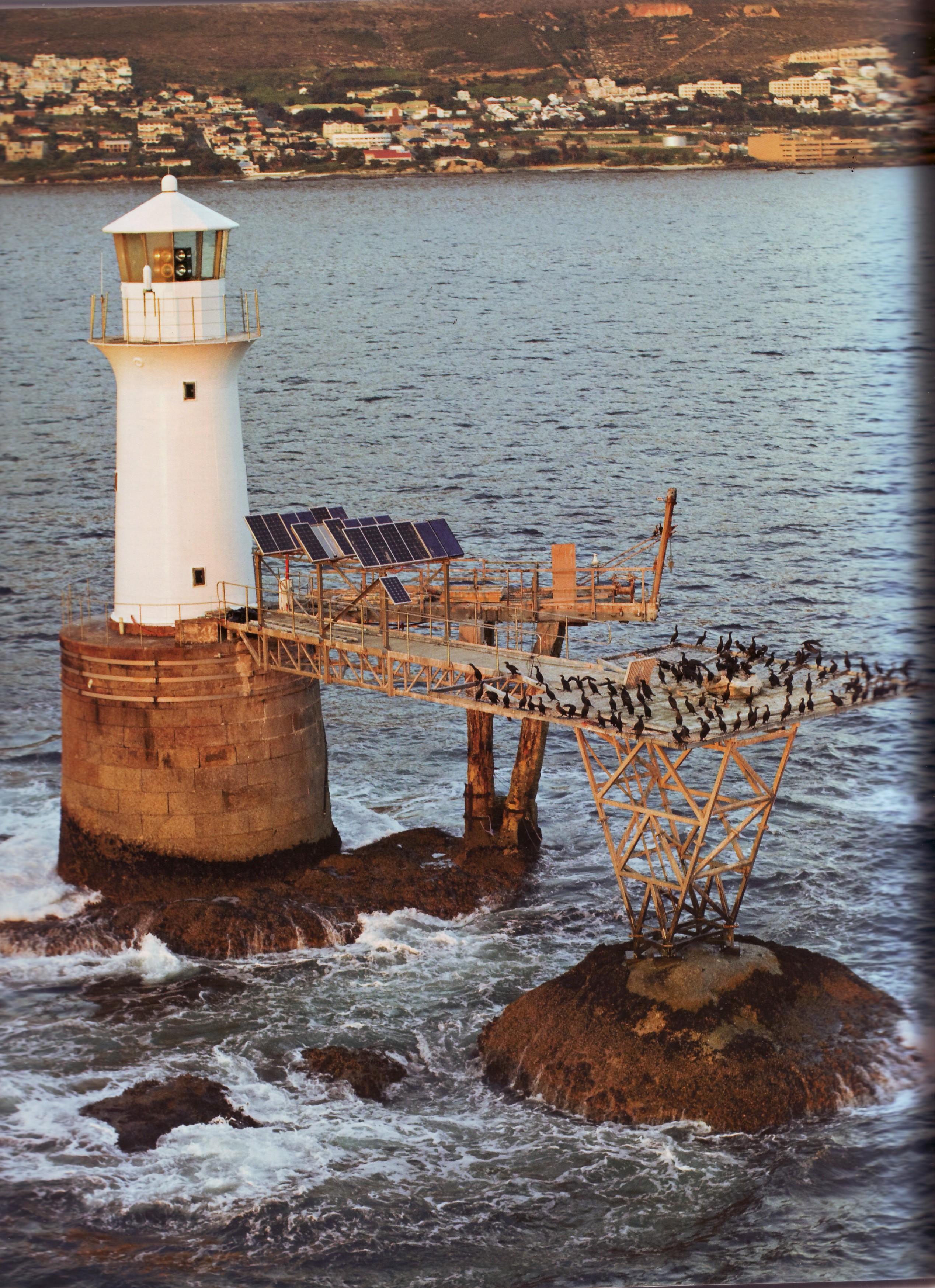
Disclaimer: Any views expressed by individuals and organisations are their own and do not in any way represent the views of The Heritage Portal. If you find any mistakes or historical inaccuracies, please contact the editor.
John Bourne left a smaller imprint on this country than was intended, and his most lasting memorial is not in the field of his chosen expertise.
The first railway line in the Cape Colony was built from Cape Town to Wellington by a private company, but the Government had underwritten the construction and operating costs by guaranteeing the shareholders a 6% return on their investment. The apparent intention was to nationalise the line once it was up and running, and in anticipation of this the Governor, Sir Philip Wodehouse, appointed Bourne as the Cape's first Colonial Railway Engineer.
Bourne hailed from Lincolnshire where he was born in 1816, and he gained early engineering experience serving articles on the original Liverpool to Manchester Railway. During this time he invented and patented a wrought iron railway wheel, which was in use for many years as the "Chamber's Wheel". He then had a change of heart and took holy orders, and was sent to take charge of a parish in British Guiana. However, he soon returned to engineering, and spent some time on railway work in the United States. He returned to Guiana and in 1854 was appointed Superintendent of Public Works, and was responsible for constructing the railway to the sugar plantations at Demerara. He obviously impressed the local Governor, Wodehouse, who in 1861 was promoted to succeed the hugely popular Sir George Grey at the Cape.
Wodehouse lost little time in sending for his competent colleague Bourne, who arrived to take up the newly created post of Colonial Railway Engineer in 1863. However, he had little to keep him occupied. The Wellington line opened later in the year, but the government - which was at loggerheads with Wodehouse about other issues – changed its mind about taking over the railway, and dallied about extending the line to Worcester. Bourne investigated the prospects for some other routes and did some research on the suitability of local timber for sleepers, but he had no railway to administer. Eventually his post was abolished and he returned to the West Indies in 1867, where he served in Barbados and Trinidad. He passed away in office as Superintendent of Works in Barbados in 1879.
While he was at the Cape the British Government decided to erect lighthouses at Cape Point and on Roman Rock, just off Simon's Town. The Board of Trade appointed Alexander Gordon to design the structures. Gordon was an engineer, but he was also a scrap iron merchant who had developed a system of building lighthouse towers using prefabricated cast iron rings. The success of the system depended on a well-prepared, level base to receive the rings – and the conditions at Roman Rock made such preparation far from perfect. Shortly after erection the foundation rings cracked, and the stability of the lighthouse was gravely endangered. Various experts were consulted but could offer no solution, until someone suggested that John Bourne was on hand with time to spare.
No doubt he was glad of something to challenge his active mind, and he proposed that a four-metre-high wall of granite blocks, each weighing three tons, should be built around the base of the tower. The outcome, built under his direction was a complete success and the lighthouse is still standing firmly some 140 years later, with its "skirt" clearly visible from the shore. Bourne recorded his solution in paper delivered to the Institution of Civil Engineers in London, which was warmly received.
Roman Rock Lighthouse (Past Masters)
John Bourne should have been the father of the South African Railways. Instead his memorial is the doughty little lighthouse, which despite the gales and surging seas, is still operating because of his resourcefulness.
Tony Murray is a retired civil engineer who has developed an interest in local engineering history. He spent most of his career with the Divisional Council of the Cape and its successors, and ended in charge of the Engineering Department of the Cape Metropolitan Council. He has written extensively on various aspects of his profession, and became the first chairman of the History and Heritage Panel of the South African Institution of Civil Engineering. Among other achievements he was responsible for persuading the American Society of Civil Engineers to award International Engineering Heritage Landmark status to the Woodhead dam on Table Mountain and the Lighthouse at Cape Agulhas. After serving for 10 years on SAICE Executive Board, in 2010 he received the rare honour of being made an Honorary Fellow of the Institution. Tony has written manuals, prepared lectures and developed extensive PowerPoint presentations on ways in which the relationship between municipal councillors and engineers can be more effective, and he has presented the course around the country. He has been a popular lecturer at UCT Summer School and has presented five series of talks about engineers and their achievements. He was President of the Owl Club in 2011. His book "Ninham Shand – the Man, the Practice", the story of the well-known consulting engineer and the company he founded, was published in 2010. In 2015 “Megastructures and Masterminds”, stories of some South African civil engineers and their achievements was written for the general public and appeared on the shelves of good bookstores. “Past Masters” a collection of his articles about 19th century South African Engineers is also available from the SAICE Bookshop.
Comments will load below. If for any reason none appear click here for some troubleshooting tips. If you would like to post a comment and need instructions click here.


